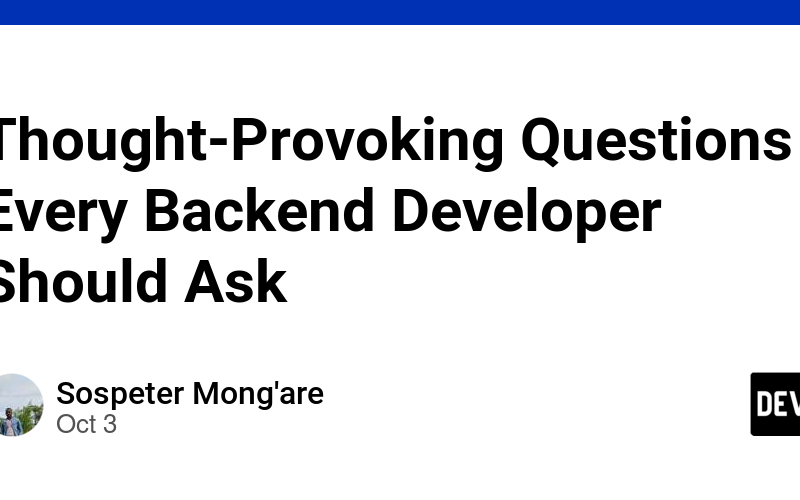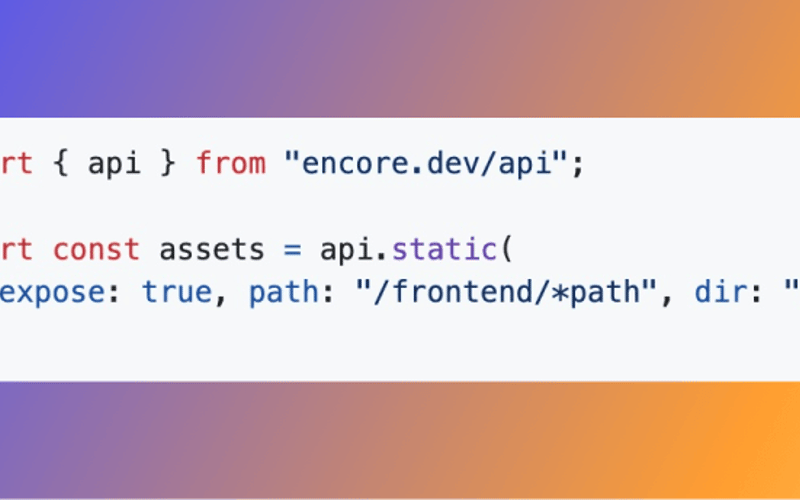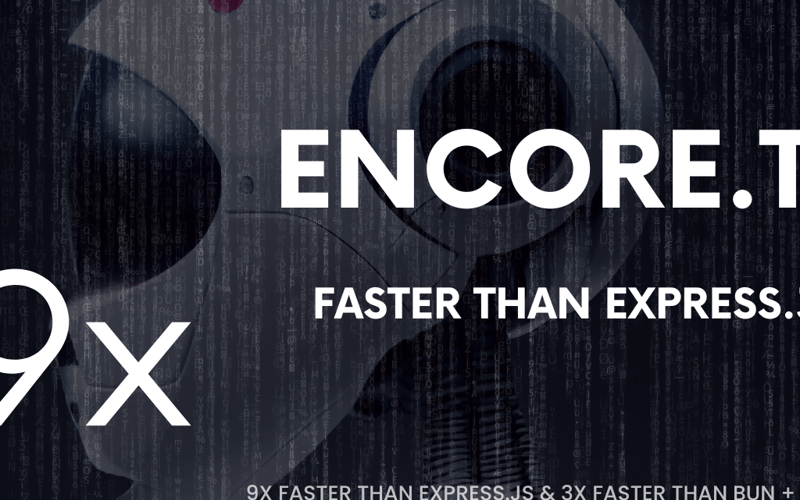20
Oct
This article divides deep into building websites with Node.js and Express.js. Express.js is an essential framework for creating robust and scalable web applications on top of Node.js, and today's focus will be on routing, middleware, template engines, and cookie sessions. Concept Highlights: app.use(callback) app.use(path, callback) GET, POST, PUT, DELETE Express Middleware Call the Next Middleware in the Stack Using Express Router Cookie Session Management Middleware Template Variables EJS 1. app.use(callback) The app.use(callback) method in Express.js is used to mount middleware functions. This middleware will run for every request made to your application, regardless of the HTTP method or URL. e.g.)…






